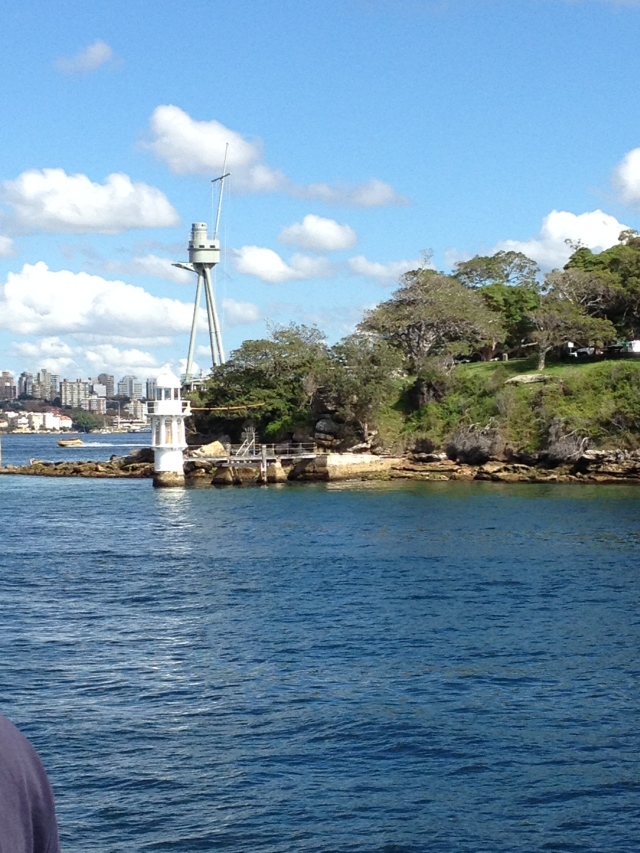
© irene waters 2016
Australia being a young nation has few old buildings when compared to the wonderful castles and entire towns found in Europe. Bradley’s Head, located on the north side of Sydney Harbour has historical meaning for our aborigines, the first fleet and military (naval particularly) and maritime
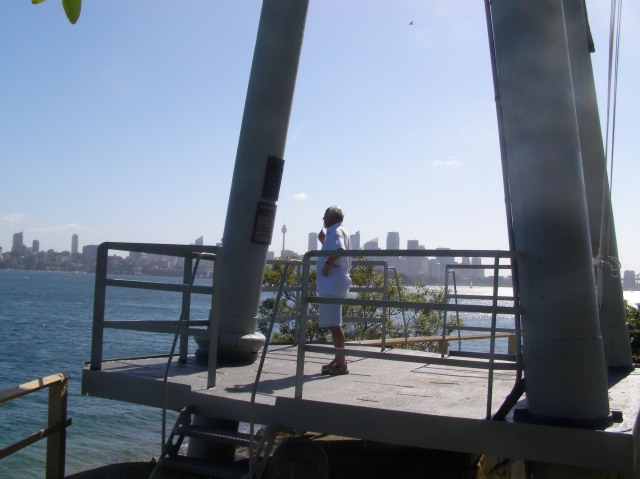
© irene waters 2016
Standing on the point looking out to Fort Dennison (1 nautical mile away) is the mast and control tower of the original HMAS Sydney (erected in 1934). This warship sank the German boat Emden in 1914.
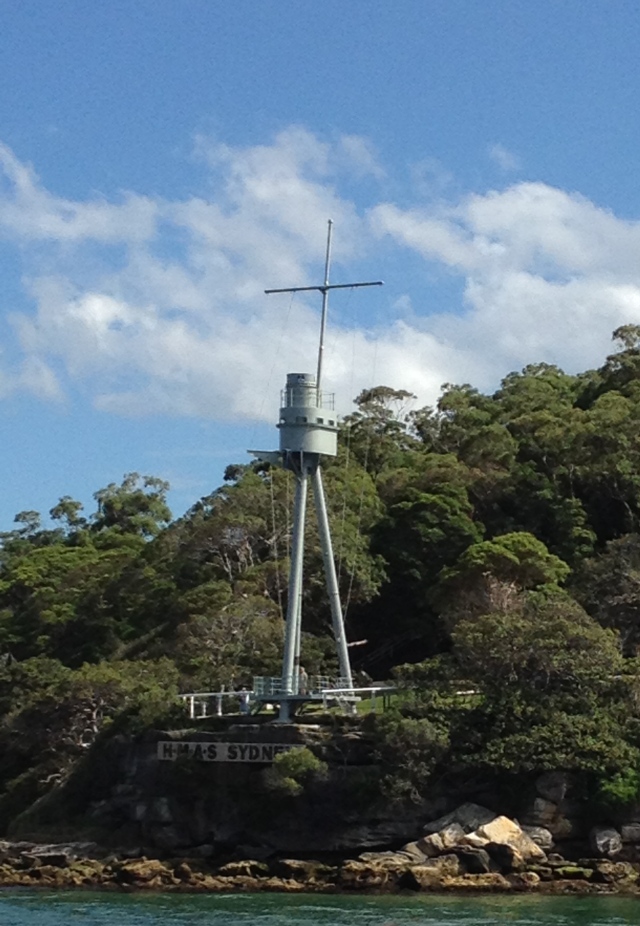
© irene waters 2016
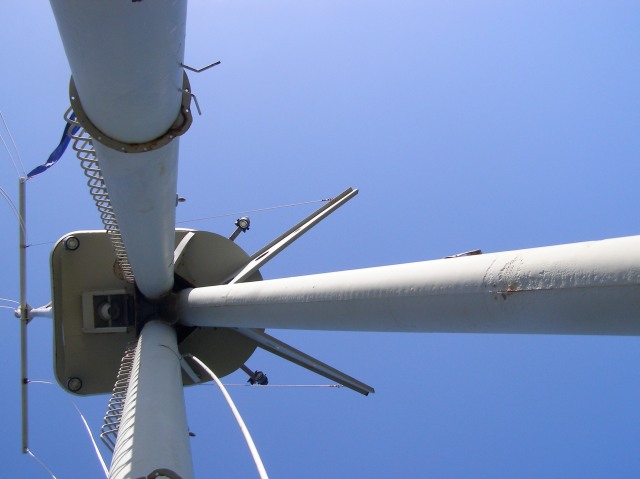
© irene waters 2016
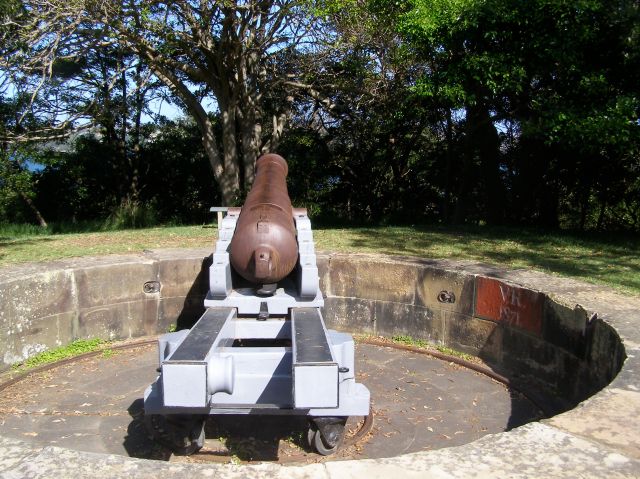
© irene waters 2016
The old military fortifications were built in 1839 – 1841. My Father told me that the main reasons for these fortifications was the fear of a Russian Invasion due to their alignment with the Polish nation. This fear was not realised.
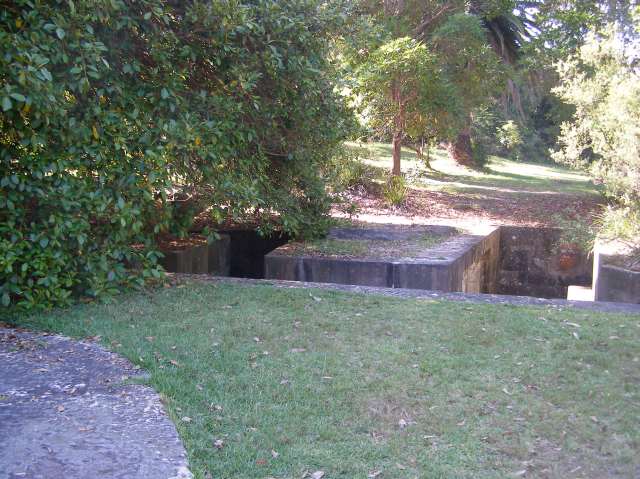
© irene waters 2016
Bradley’s Head was named after the commander of the HMS Sirius by that man himself. A walking trail connects Sirius Cove to Bradleys Head. As children we grew up holidaying here as my Father’s parental home was situated between the two.
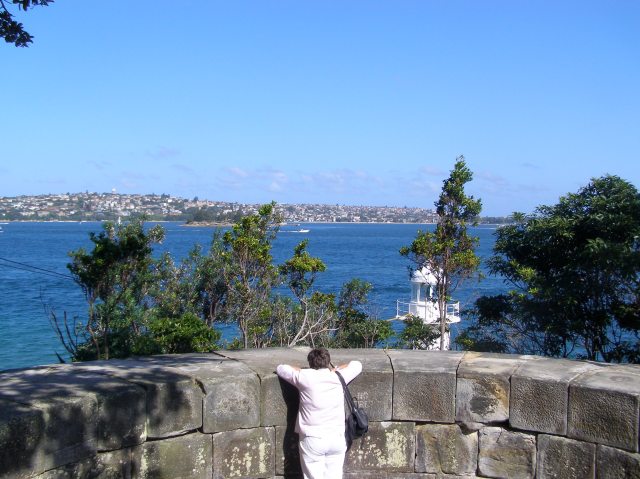
© irene waters 2016
It was however highly strategic and every ship that travels into Sydney Harbour will pass it by.
Sadly the indigenous Borogegal People of the Eora nation had been largely dessimated by a smallpox epidemic in 1789.
In response to Paula’s Thursday’s Special Prompt






This looks like an exciting place to play in as a child. Let’s be grateful that the cannons did not have to be used. You have showed me parts of Australian past I was completely unaware of. Beautifully illustrated Irene. Which photo may I use? I was thinking the third one from the top?
LikeLiked by 1 person
Glad to have shown you a part of Australian history. Yes, that photo would be a good one. Thanks Paula.
LikeLiked by 1 person
Fascinating Australian history. I had no idea your country was afraid of invasion from Russia and Poland.
LikeLiked by 1 person
Yes a strange history. Whenever I hear about the fear of the Russian invasion I do a doubletake as it doesn’t seem likely given where we are situated and in the 18oos it would have been a big effort to get here. I think because of our alignment with England, the Crimean war and Russia being seen as expansionist in those times we had to be prepared. Of course it never came to pass…
LikeLiked by 1 person
As opposed to now when Russia doesn’t appear to be expansionist.
Oh, wait….
LikeLiked by 1 person
LOL
LikeLiked by 1 person
Had to visit this one (my surname is Bradley 🙂 ) and I love the nautical connection.
LikeLiked by 1 person
LOL. A post made just for you.
LikeLiked by 1 person
Pingback: Thursday’s Special: Traces of the Past Y2-03 | Lost in Translation
And the bay on the ocean side of Bradley’s Head (where you go down the path past some cliff overhangs) is the resting place of one of the three Japanese midget subs that attacked ships in Sydney Harbour during World War II. Two of the subs were sunk in the Harbour, crew killed, and the other was damaged and made it out past the Heads before sinking. It was found quite recently by a diver off one of the Northern beaches. The bodies of the Japanese were recovered and given full military funerals with honours, by the Australian Navy.
LikeLiked by 1 person
I think there was something about Grandfather and Uncle John being on the ferry coming home when the minisubs blew up the hospital ship and the rest of the family (and possibly Dad) watching from Bradleys Head. I could be making all that up.
LikeLike
During World War II Grandfather Will took his turn with other men in his government architect’s department at fire watching on the roof of the building at night. The night the three Japanese midget-submarines attacked in Sydney Harbour, he was on his way home by ferry after his turn on the roof. His ferry had to put in at Garden Island from where he had a view of the frantic activity of the naval ships and the depth charging.
The USS Chicago moored near Garden Island opened fire on sighting one of the midget subs at 10.27 pm on 31 May 1942. A ferry pulling out of Circular Quay was caught in the fire and retreated to safety. It was possibly this or a later ferry that Will was on. At 12.30 am, the same submarine fired two torpedoes at the Chicago. One of these hit a converted ferry, HMAS Kuttabul, moored at Garden Island, killing 21 sailors.
One of the subs was sunk near Garden Island, a second tried to escape out the Heads but was sunk in Taylors Bay (the bay that the coastal path from Bradley’s Head goes around before heading up some steps back towards Lennox Street). Dad had a piece of pipe cut from that submarine and I always thought he had gone down to Taylor’s Bay and cut it from the wreck himself. I must have made that up.I now have that relic, and it has a printed ticket attached to it attesting that its genuine. Somebody must have been selling bits as souvenirs. I doubt very much that they were on Bradley’s Head watching, though the noise from all the depth charges and big guns may have brought them out to watch from somewhere, probably more likely up near the zoo or even on the verandah of the Lennox Street house, where there would have been a view of the area near the Bridge where most of the action occurred.
As another footnote to this event, the bodies of the Japanese recovered from the 2 subs sunk in Sydney were given military funerals with full honours by the Australian Navy. This made a huge impression on the Japanese, and after the war the families of the Japanese killed came to Australia and met some of those involved. The 3rd sub made it out the heads and up towards Palm Beach where it went to the bottom with the crew. It was accidentally discovered by a diver quite recently. The mother submarine (from which the 3 midget subs were launched) was waiting in the ocean off Sydney, but failed to pick up that last sub before it sank.
LikeLiked by 1 person
Thanks for filling in the gaps.Great history. It must have been an exciting trip home. You and I would have been taking photos but he probably read the newspaper.
LikeLike